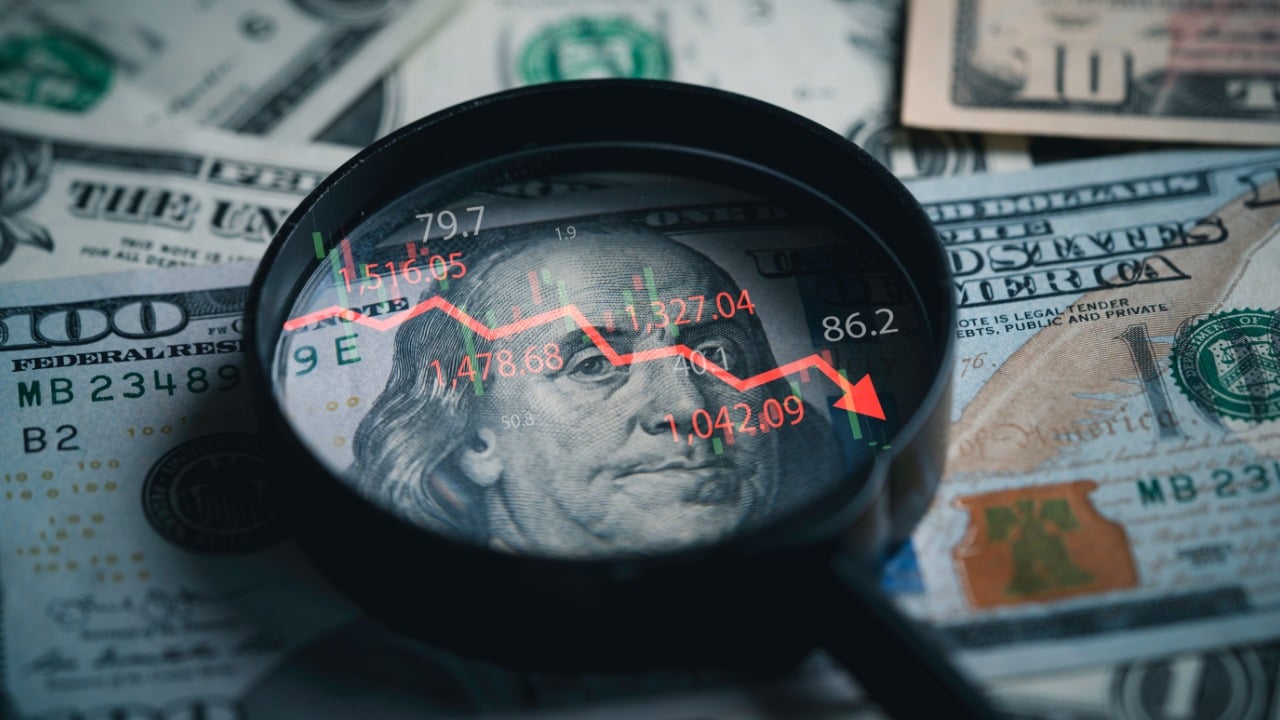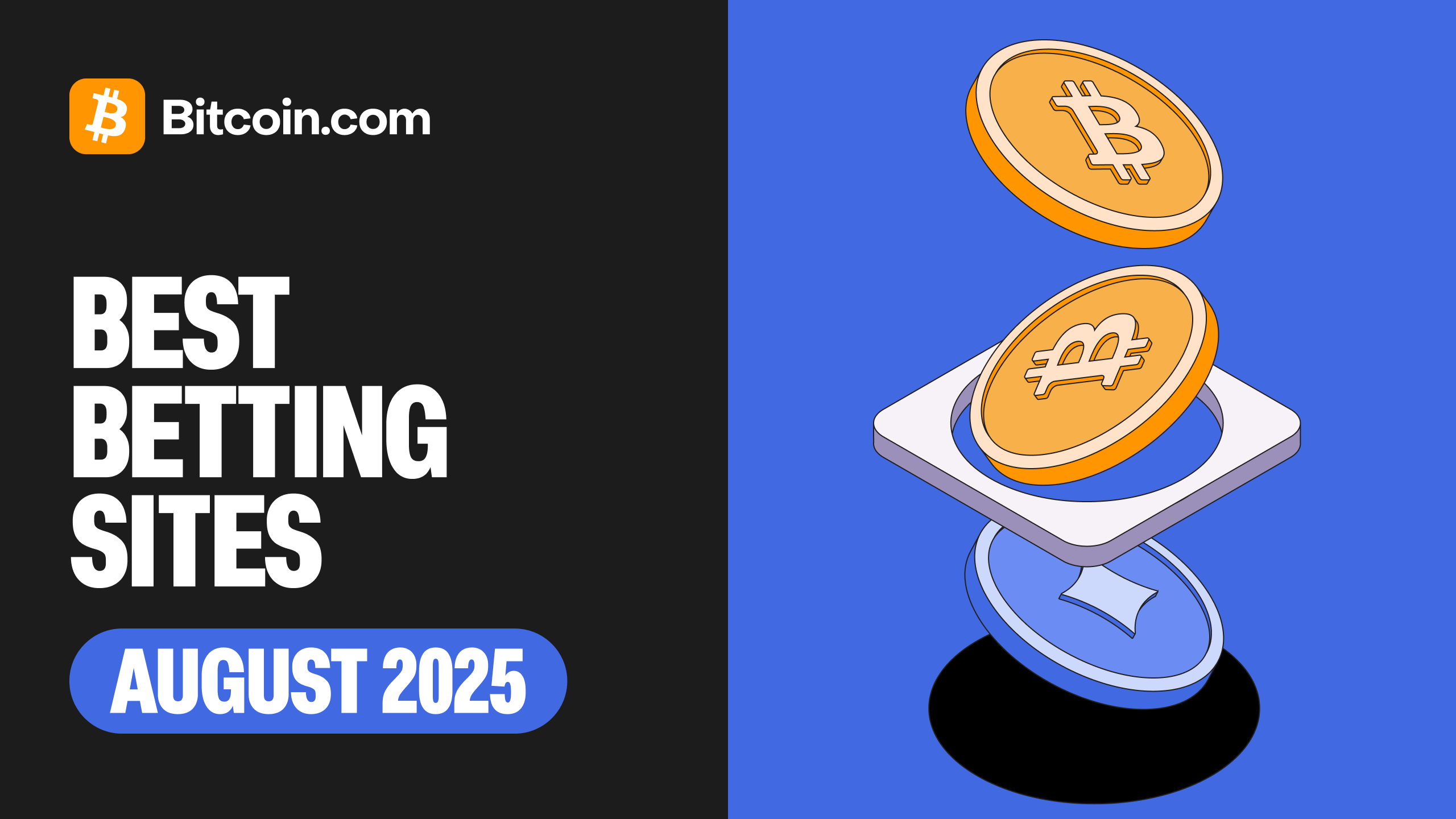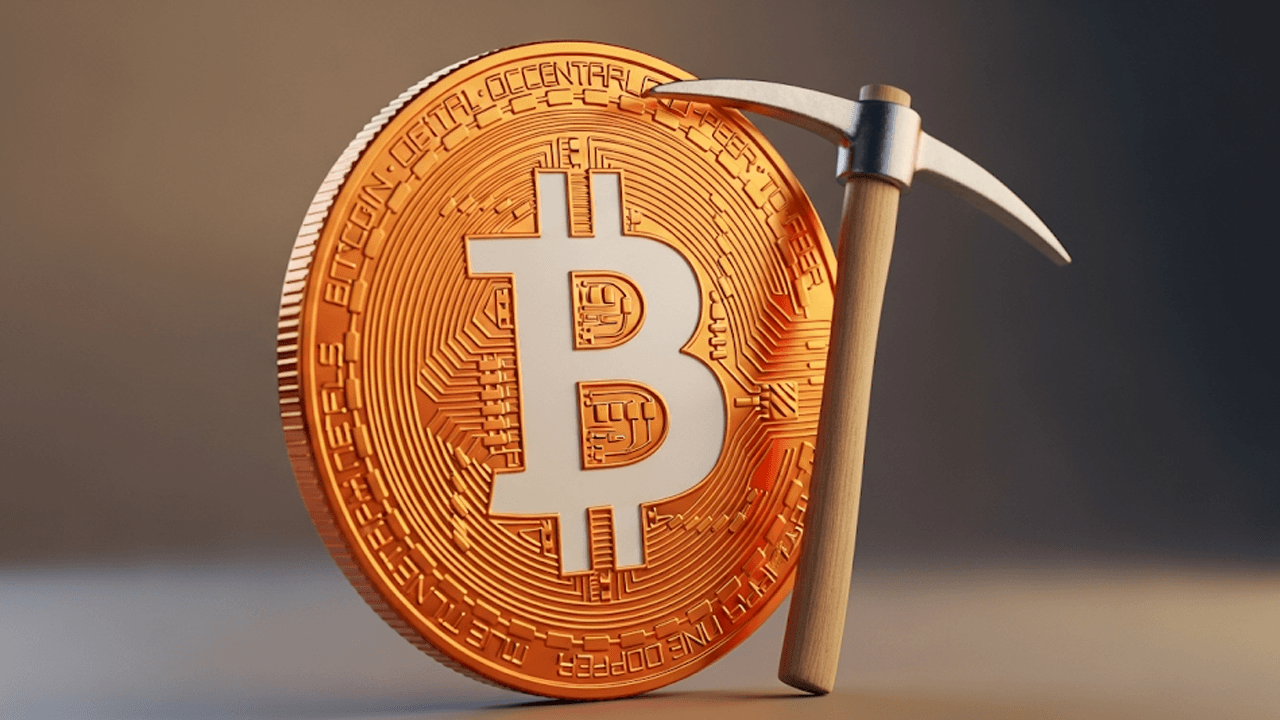The digital revolution has transformed the way we access and interact with historical information, and one of the most significant developments in this realm is the Google News Newspaper Archive. This project, initiated by Google in the mid-2000s, aimed to democratize access to news history on a global scale. By digitizing and indexing newspapers from around the world, Google sought to make historical news articles as accessible as a simple search query. This initiative has had a profound impact on research, journalism, and personal exploration, but it also comes with its own set of challenges and limitations.
The Digital Transformation of Newspaper Archives
Newspapers have long been considered the first draft of history, providing a snapshot of events, cultural shifts, and societal changes. Traditionally, accessing old newspapers required physical visits to libraries or archives, where microfilm or fragile paper copies were the primary sources. This process was time-consuming and often limited to those with the resources and knowledge to navigate these repositories.
The advent of digital technology has revolutionized this landscape. Projects like Chronicling America, The British Newspaper Archive, and the Associated Press archive have made significant strides in digitizing historical newspapers. These efforts have been driven by both public and private entities, aiming to preserve and provide access to these valuable resources. Google News Archive entered this space with a mission to organize and make this information universally accessible, leveraging its advanced search capabilities and user-friendly interface.
Core Features and Scope of Google News Archive
One of the standout features of Google News Archive is its search functionality. Users can explore articles by date, publication, or topic, making it easier to find specific information. This accessibility is particularly appealing to a wide range of users, from scholars and journalists to teachers, students, and genealogists. The archive includes millions of articles, some dating back to the 19th century, covering a broad spectrum of publications, from major dailies like The New York Times to small-town weeklies and niche international outlets.
However, the archive is not without its limitations. Due to copyright constraints and licensing issues, the coverage can be patchy. Some publications may have incomplete runs, and certain regions or titles may be underrepresented. Additionally, the optical character recognition (OCR) technology used to index text within articles is not perfect, especially when dealing with aged, faded prints and unique typefaces. This can make searching for specific details a challenging task, requiring persistence and patience.
Challenges and Comparisons
The Google News Archive faces several challenges, including complex copyright laws and licensing issues. Different jurisdictions and publishers have varying terms for old content, leading to an uneven and sometimes unpredictable collection. For instance, publishers can request the removal of content or restrict access, which can disrupt the continuity of the archive.
In comparison to other newspaper archives, Google News Archive offers a unique blend of accessibility and search power. Free alternatives like Chronicling America provide open access to U.S. newspapers but are geographically limited. Commercial sites like the British Newspaper Archive offer vast historical records but are often paywalled. Academic-focused archives like ProQuest Historical Newspapers and NewsBank require subscriptions but offer deep archives and advanced features.
Despite its strengths, Google has shifted its focus away from the searchable visually rich archive experience, integrating more recent news articles into the main Google News product. This has led to some original features becoming less intuitive or unavailable, which can be frustrating for users who rely on the archive for research.
Transforming Research and Storytelling
The Google News Archive has had a significant impact on research and storytelling. It has enabled researchers, authors, and amateur historians to access a wealth of information that was previously difficult to obtain. For example, a family historian can uncover their great-grandmother’s wedding announcement, or a journalist can contextualize a decades-old scandal. This democratization of the past reshapes how we connect personal, local, and global history.
In the era of misinformation, access to primary, dated sources has gained new significance. Journalists and fact-checkers use archives to debunk urban legends, trace the origins of viral memes, and dig into the history of controversial topics. For students and educators, exposure to original reporting is an eye-opener, reminding them that history is written day by day, in columns and headlines.
The Road Ahead
Despite the challenges, the potential for expansion remains enormous. Advances in machine learning, improved OCR, and automated translation hold promise for indexing more languages and diverse prints. Renewed partnerships with publishers and cross-border initiatives could fill existing gaps and create a truly global repository.
However, maintaining and expanding these archives requires constant technical upkeep, renegotiation of rights, and sustainable funding. Google’s slow retreat from its initial ambition signals the need for collaborative approaches, combining the resources and reach of big tech with the curatorial expertise of libraries and universities.
Conclusion
The Google News Newspaper Archive represents a bold experiment in connecting our modern lives with our collective past. It has fundamentally changed how we consume, interpret, and rethink history. While not flawless or comprehensive, and occasionally marred by technical or legal hurdles, Google’s effort to bring newspaper history within reach of a global audience has had a profound impact. The digitized newspaper archive is both a treasure trove and a continuous work in progress, shaped by technology, law, and the ever-shifting boundaries of public memory. The challenge and promise lie not only in preservation but in accessibility, collaboration, and the curiosity of the next click or search query, which might discover something long-lost, yet suddenly, powerfully alive.





